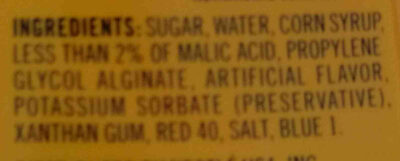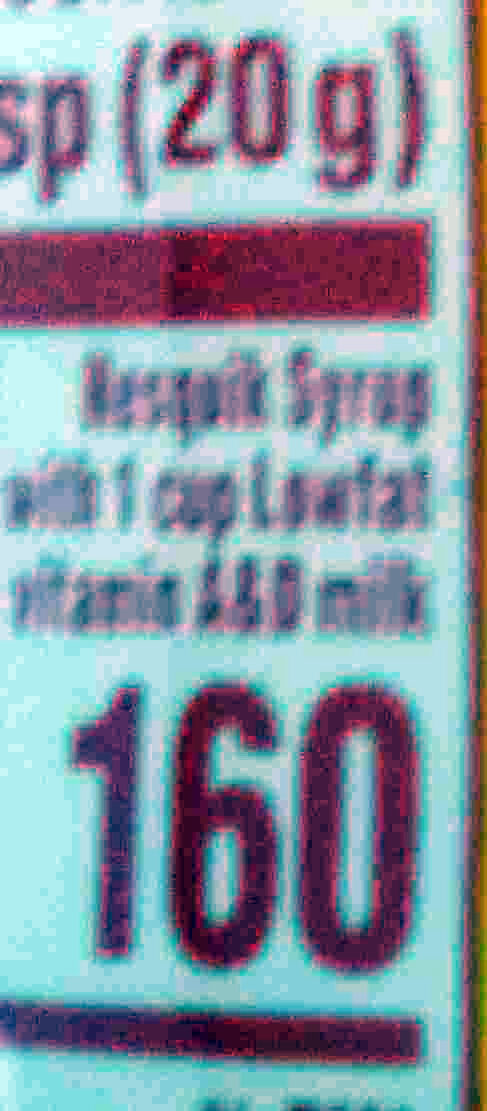Strawberry Syrup - Nesquik
This product page is not complete. You can help to complete it by editing it and adding more data from the photos we have, or by taking more photos using the app for Android or iPhone/iPad. Thank you!
×
Barcode: 0028000244606 (EAN / EAN-13) 028000244606 (UPC / UPC-A)
Brand owner: Nestle USA Inc.
Categories: Beverages, Sweeteners, Syrups, Simple syrups, Flavoured syrups, Strawberry syrups
Labels, certifications, awards:
Kosher, Orthodox Union Kosher
Origin of ingredients: Canada
Manufacturing or processing places: Canadá
Traceability code: 080503190204
Link to the product page on the official site of the producer: https://www.goodnes.com/nesquik/products...
Countries where sold: Bolivia, Canada, United States
Matching with your preferences
Environment
Carbon footprint
Packaging
Transportation
Report a problem
Data sources
Product added on by veganeamos
Last edit of product page on by jayaddison.
Product page also edited by 5m4u9, foodless, inf, openfoodfacts-contributors, org-database-usda, roboto-app, teolemon.








